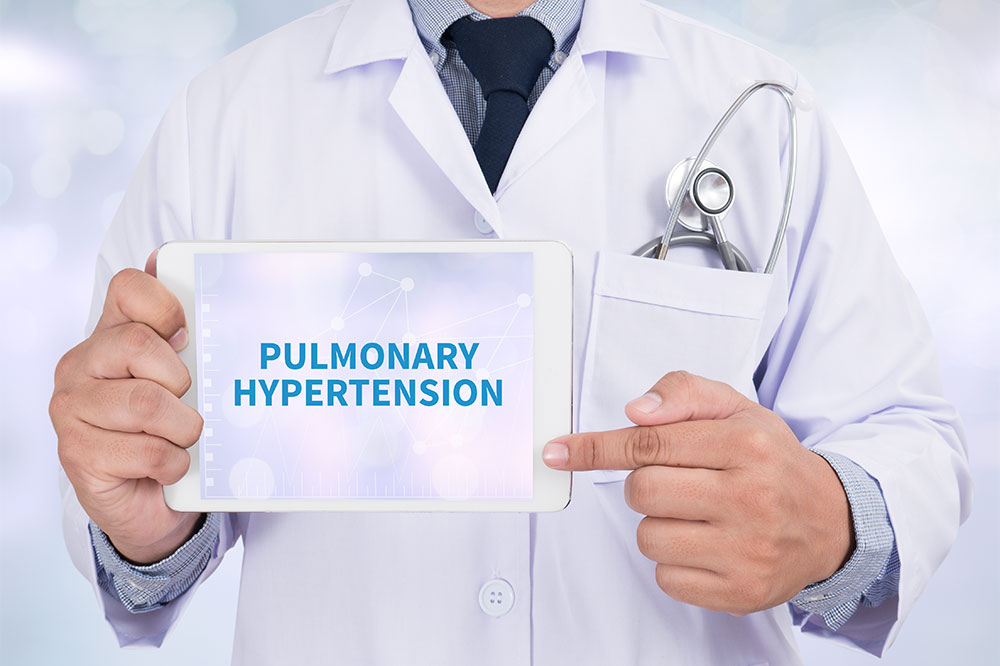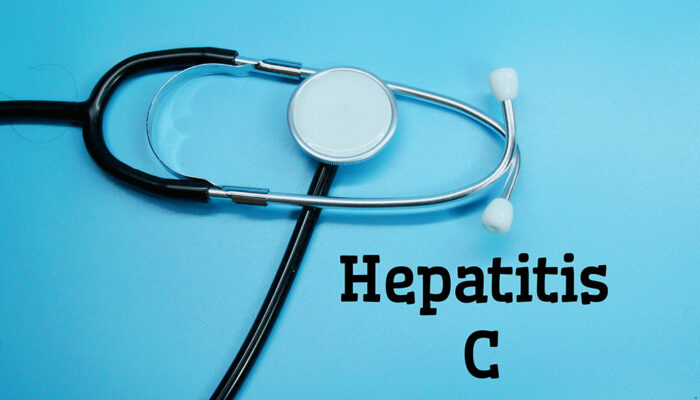
Causes and Risk Factors of Pulmonary Arterial Hypertension
Pulmonary arterial hypertension (PAH), also called Ayerza syndrome, is a high blood pressure condition in the pulmonary artery, the artery carrying deoxygenated blood to the lungs from the right ventricle. High blood pressure in the lung’s artery affects the heart, as the right side pumps the blood harder, ultimately weakening the cardiac muscles.
Doctors are researching to find a cure for this degenerative and progressive condition. They have been able to classify the more common causes and risk factors identified with PAH as follows:
1. Unknown causes
Pulmonary arterial hypertension occurring for unknown reasons, like in an individual without a history of this illness in his family, is called idiopathic pulmonary arterial hypertension. Researchers believe an injury to the lining of blood vessels in the lungs, changing the smooth muscle cells in the vessel wall, is most likely to set off this condition.
2. Genetic causes
In about 15-20% of patients, PAH is caused by a mutation commonly in the BMPR2 gene, which controls the number of cell regulations in certain tissue. The narrowing of arteries is by the overgrowth of endothelial cells, increasing the blood flow resistance. Genes other than BMPR2 like CAV1 , KCNK3 are also now responsible for PAH, and their pathways are being studied.
3. As a symptom of another syndrome
PAH also occurs in patients with liver disease, systemic scleroderma, lupus, congenital heart disease, or Down syndrome. It rarely appears in patients suffering from AIDS and schistosomiasis.
4. Inherited causes
Familial pulmonary arterial hypertension occurs when a person inherits this condition from their parents. PAH is inherited in an autosomal dominant pattern where one copy of a defective gene is enough to cause this condition. The passing of the abnormal gene from parent to child is 50% for each pregnancy, and both sexes have an equal chance of inheriting it.
5. Drug-induced causes
A study in August 1996 by FDA showed, people taking appetite-suppressant drugs like Dexfenfluramine and Fenfluramine for 90 days or longer have nine times the risk than the non-users. Exposure to drugs like cocaine, methamphetamines, and dasatinib also increases the risk of PAH.
6. Risks of pulmonary arterial hypertension
Research is based on the limited number of patients affected by PAH. Doctors have been able to identify multiple risk factors for PAH. The most commonly noted risk factors are as follows:
- Right-sided heart failure
Due to increased resistance in the pulmonary artery, the right ventricle overworks to transport deoxygenated blood to the lungs. People with right-sided heart failure are at risk of PAH. - Pericardial effusion
Patients who have suffered from fluid accumulation in the pericardium are at risk of PAH. - Cardiac cirrhosis
Patients diagnosed with increased hydrostatic pressure due to right heart failure lead to bleeding and swelling of the sinusoids. It can lead to many rare health complications like Hepatocellular Carcinoma and PAH. - Comorbidities
Patients diagnosed with autoimmune diseases, like scleroderma, lupus or rheumatoid arthritis, cirrhosis of the liver, HIV are at risk for PAH. - Drug users
People who abuse drugs like methamphetamine or cocaine too are at high risk for PAH.



